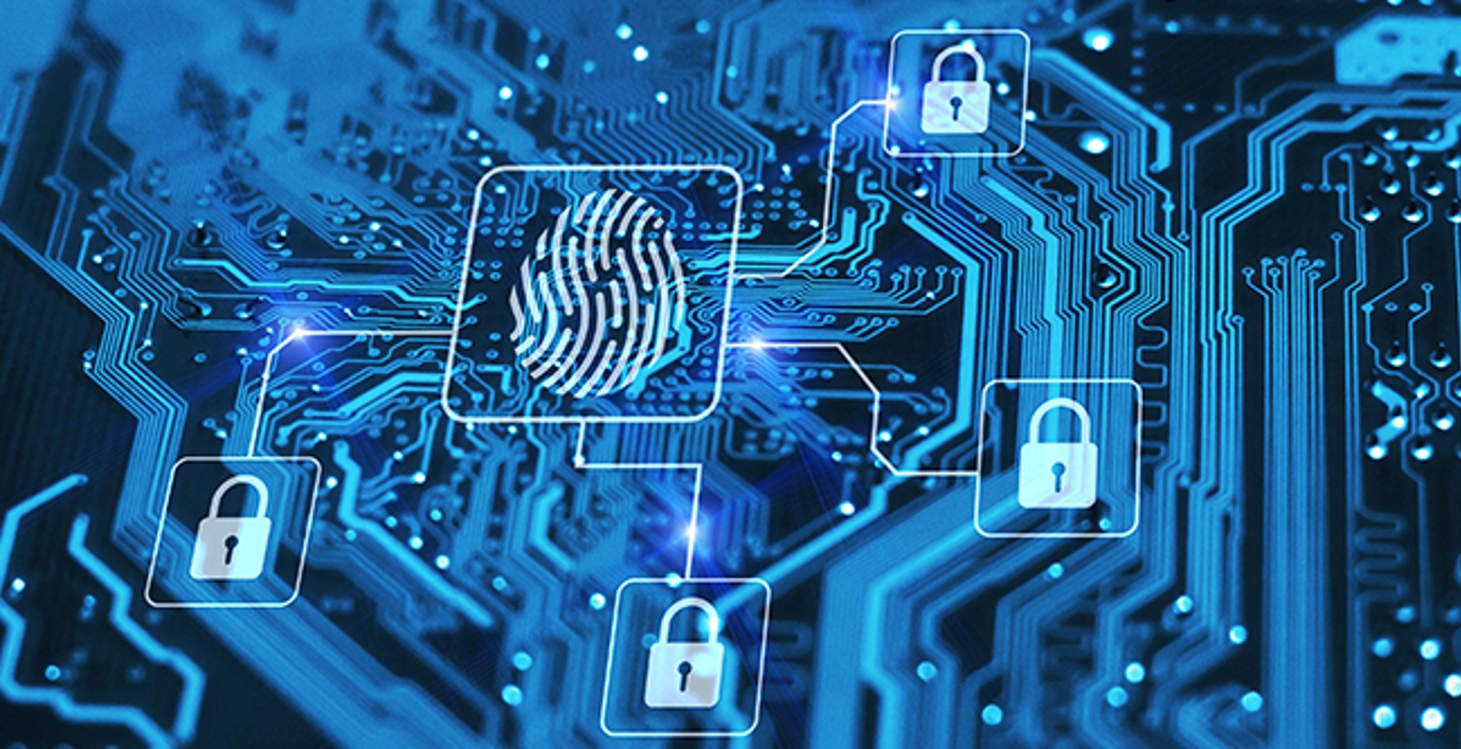
Governance Surveys
Amid a strained economy, businesses everywhere are tightening their belts and working to ensure that priority programs and critical infrastructure are earning their keep. But despite inflation being at a 40-year high, now’s the time to be introspective with your ecosystem and lean into your technology investments—not pull back. Here’s why.
First, this isn’t the recession of 2008–2009 and it is certainly not the threat environment we faced 14 years ago. We live in a completely different reality complete with more complex technology ecosystems and more aggressive cyber threat actors. With digital transformation now at full throttle, the world is more interconnected than ever before. The days of the single legacy system are long gone, having been ousted by an overlapping mesh of cloud-first technologies. Exploiting this expansive attack surface, cybercrime is booming.
As we now brace for a possible recession, it’s often our first instinct to pull back on spending. However, when investments begin to slow around enterprise technology, it’s often the attackers who reap the benefits. Instead, consider this an opportunity to talk to your chief information security officer (CISO) about rationalizing the tools currently in your organization’s stack to buy down systemic risk and build resilience.
A Closer Look at Technology Rationalization
Compounding technical debt is a common problem. Working with clients, I find that the average mid-enterprise organization has anywhere from 70 to 90 technologies in their environment. Instead of looking at net new tools, now’s the time to look inside the ecosystem and make current technology investments show their worth.
A good place to start is a technology rationalization assessment. Whether your security team conducts the assessment or you hire an outside firm, it’s important to determine what tools you have, whether they’re deployed (or deployed correctly), which are critical to business operations, and whether they’re integrated or not. Additionally, it is imperative during this analysis to understand what data are being generated by these tools. This is also a great opportunity to identify redundancies in your environment, including shadow tools that you can sunset to raise security hygiene and lower costs.
Going beyond a maturity assessment, a tech rationalization analysis evaluates technology as a whole on your ecosystem, then justifies down to the tools essential to running it. A true, holistic evaluation will show your tools’ objective value to the business while ensuring the data generated from these tools remain actionable, and importantly, integrating them to deliver capabilities that drive specific outcomes. Along with improving your security posture, you may also find opportunities to whittle down your total tool count and enjoy savings in the process.
Prepare for Resilience
Addressing the ongoing risks inherent to your organization is an expense, yes. However, not doing so can be multitudes more expensive down the road (i.e., secure today or repair tomorrow). Today’s cyber landscape affects our current economic climate in different ways than past recessions. You simply can’t afford to slow down when it comes to shoring up your cyber defenses.
Case in point, geopolitical tensions are giving rise to new suites of threats and plenty of economic gray area. If the war in Ukraine sent ripples through the international economy, what are the cyber implications of a potential China-Taiwan conflict? The conversation is likely to be much different in this case around the intersection of business and security.
That’s why it’s also a good idea to identify, map, and protect business-critical assets as part of the technology rationalization assessment. What data are they producing and where are the data going? How are they secured? Your CISO should understand what the normal data flow looks like in your enterprise, so that they’re prepared to pivot and recover should crucial operations be interrupted.
Investments in this area should focus on the resilience piece of security because it forges the ability to look ahead and anticipate where the threats are coming from. And with your technology now realigned with critical business processes, data, and infrastructure, you can deploy the right tools, the right way, to help you drive resilience throughout your environment.
You don’t have to sacrifice resilience initiatives for the sake of saving money. By first rationalizing your technology already in place, you can drive resilience and be better equipped to handle economic turbulence and unpredictable threats.

James Turgal is vice president of the global cyber advisory, risk, and board relations at Optiv.
